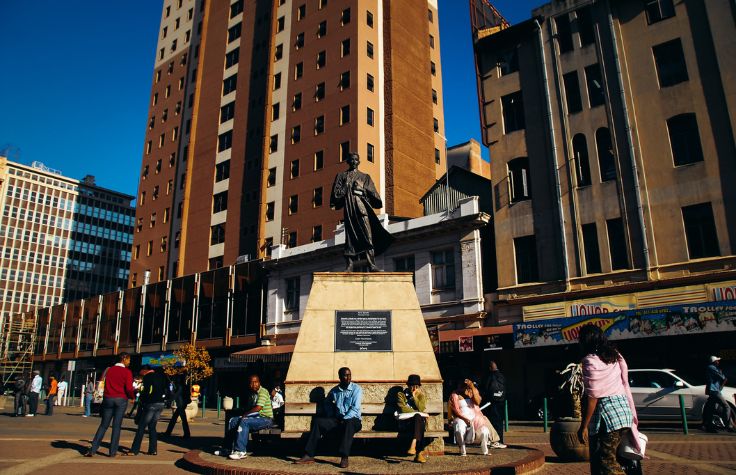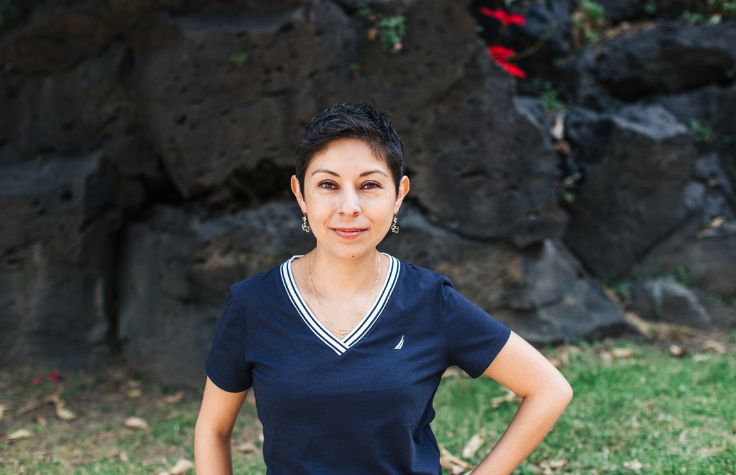
March 14, 2023
Although tuberculosis (TB) is preventable and curable in most of the world, it is still a rampant issue in South Africa. The World Health Organization (WHO) estimated that 10.6 million people worldwide fell ill with the disease in 2021—about 0.1% of the human population. In South Africa, which is listed among the WHO’s 30 high-burden TB countries, the rate is about eight times higher, with 852 cases per 100,000 people, according to a recent study in The Lancet.
The disease is caused by the bacterium Mycobacterium tuberculosis. It thrives in tight living and working quarters that are poorly ventilated, and it works its way into lungs and other organs. Many who are infected show no symptoms, but about 5% of them can go on to develop active TB within 18 months. Complicating this is the fact that some TB cases don’t respond to standard drugs, and if a patient doesn’t complete their course of treatment, it can lead to the acquisition of multi-drug-resistant TB (MDR-TB). Even worse, people living with HIV have a higher risk of contracting TB—and thus a greater chance of dying.
Shaheed Vally Omar, the scientific lead at South Africa’s Centre for Tuberculosis - National Institute for Communicable Diseases in Johannesburg, believes that next-generation sequencing can help his country detect and track MDR-TB. Omar also serves on the WHO Global TB Programme’s Expert Panel and Technical Expert Group, advising the group on innovative tools that can help with diagnosing the disease and predicting drug resistance.
Currently, detecting TB can be quite challenging. The cheapest option is to look for the bacteria in respiratory samples under a microscope. The WHO has recommended real-time PCR molecular assays as an initial test, but they only target specific regions of the microbe’s genome and provide limited information on drug resistance markers, if included in the diagnostic. “Despite this, we have come a long way from where we started a decade ago,” says Omar.
About a decade ago, when Omar first joined the institute, the WHO began to explore using the Illumina MiSeq for surveillance and research in South Africa. In 2015, Omar and his colleagues in South Africa confirmed that the MiSeq could accurately assess not just TB, but also drug-resistant markers.
“The emergence and spread of drug-resistant TB is a concern not only locally, but globally,” Omar says, adding that next-generation sequencing enables scientists to find drug-resistant TB earlier, which can ultimately reduce the risk of transmission. Furthermore, sequencing on Illumina’s platforms also sheds light on which strains of bacteria are circulating—and where, for instance, drug-resistant ones are expanding.
“At the time I started my research in this area it was poorly funded and not many researchers were interested,” Omar says. “What kept my focus on TB is my religious teaching that if I could make a difference and save one life, the benefit could help all humanity.” Despite the challenges of implementing sequencing technologies in high-burden countries, his research has already been used to guide policies in the fight against TB at the local, national, and international levels. He’s excited to see Illumina’s tools implemented more broadly across South Africa, and beyond, to see a substantial impact on TB over the next decade.
To read more about tuberculosis surveillance, click here.
To learn about Illumina and GenoScreen Deeplex® Myc-TB Combo Kit, click here.


